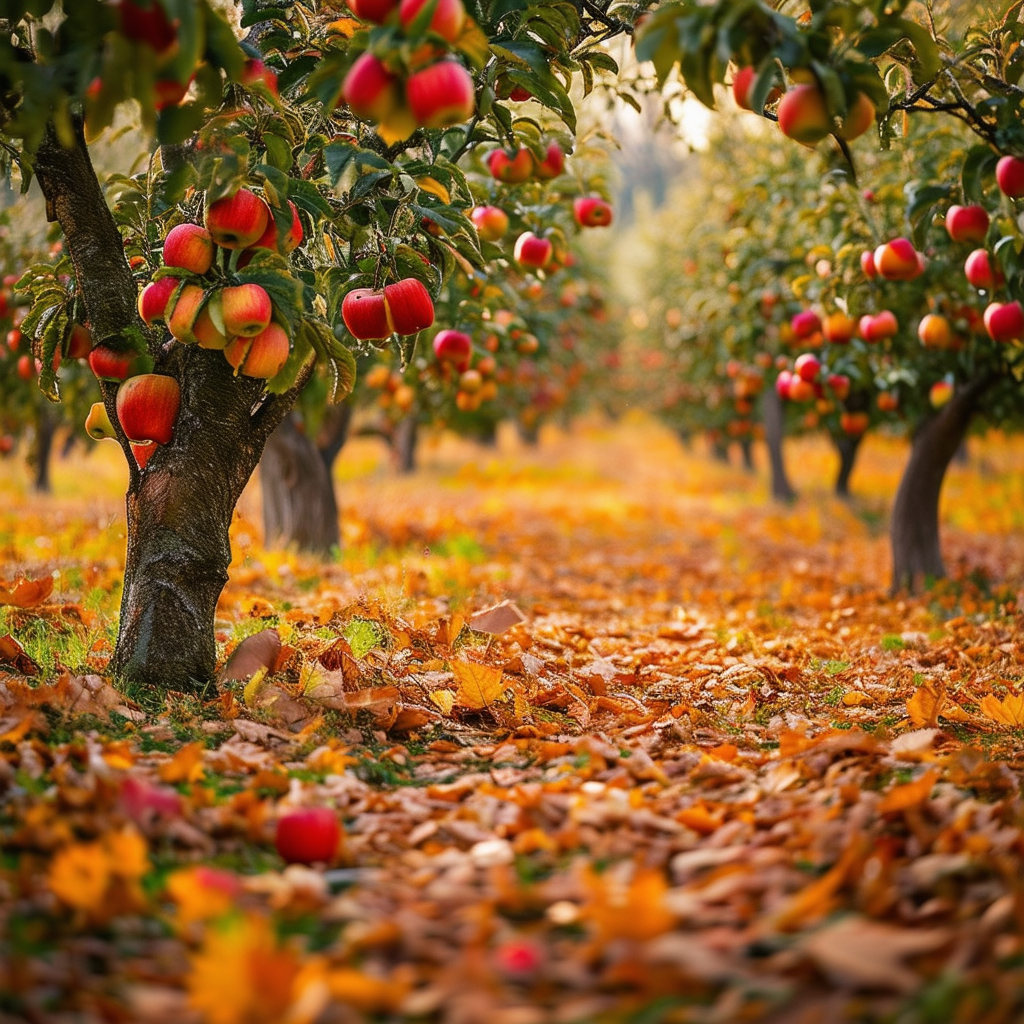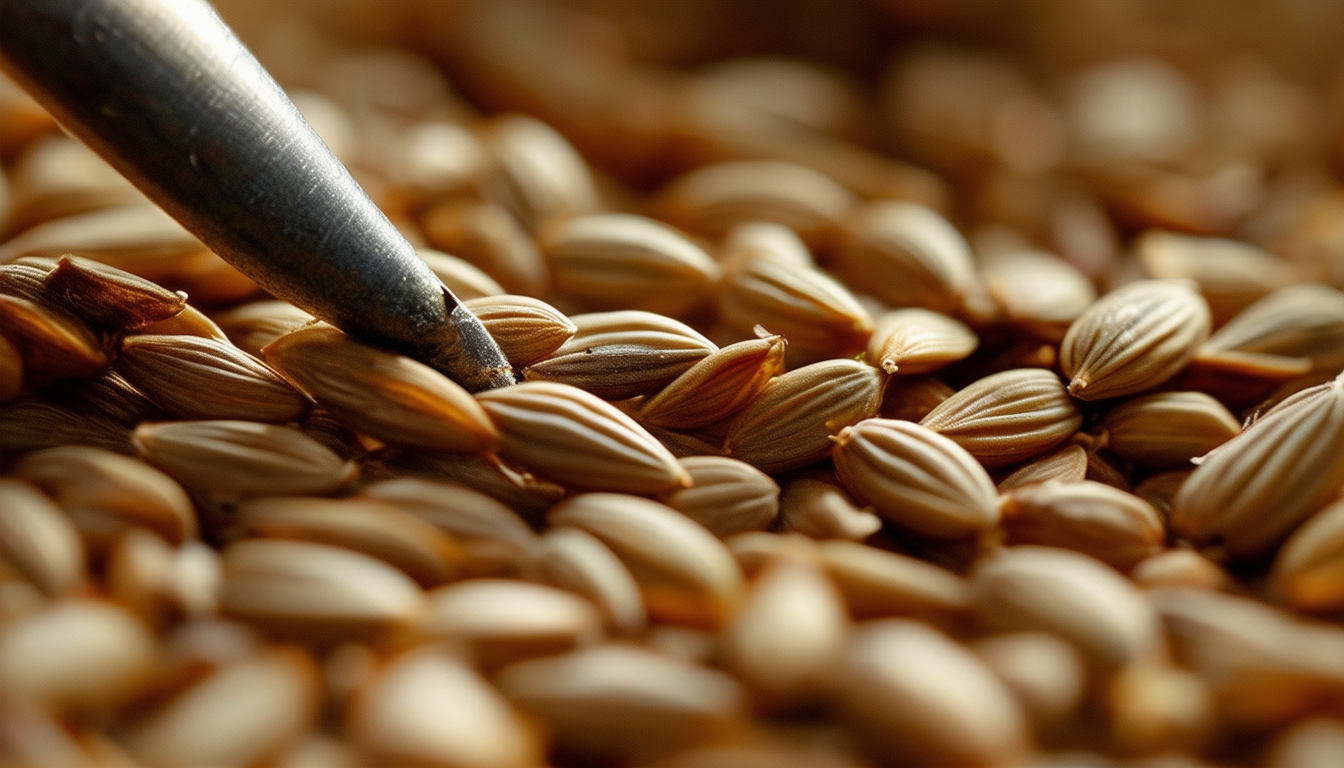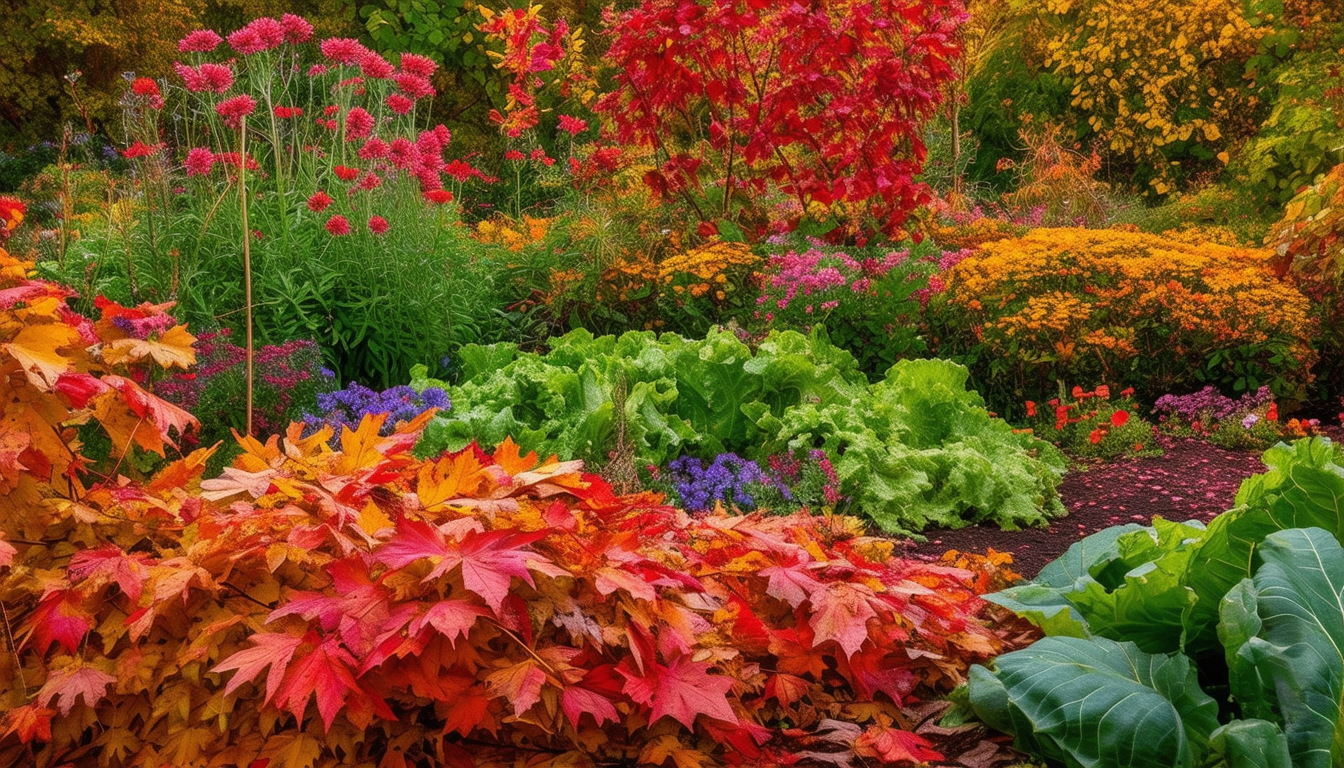
Ensure your apple trees thrive through autumn with these essential care tips!
Preparing Your Apple Trees for the Cold Months Ahead
As autumn approaches, it's crucial to prepare your apple trees for the colder months. Start by clearing away any fallen leaves or fruit from around the base of the trees to prevent disease and pests from overwintering in the debris. Inspect the trees for any signs of damage or disease and address these issues promptly.
Consider applying a layer of organic mulch around the base of the tree, but ensure it is not touching the trunk, to help retain moisture and regulate soil temperature. This will provide a protective buffer against the cold and help maintain root health during the winter.
Essential Pruning Techniques for Healthy Growth
Pruning is a vital part of apple tree care, especially in autumn. Focus on removing any dead, diseased, or damaged branches to promote healthy growth and prevent the spread of pathogens. Thin out the canopy to improve air circulation, which helps reduce the risk of fungal infections.
When pruning, make clean cuts at a slight angle to prevent water from collecting on the cut surface. Use sharp, sterilized pruning tools to avoid introducing contaminants to the tree. Proper pruning not only shapes the tree but also encourages the growth of strong, fruit-bearing branches.
Nutrient Management: Feeding Your Apple Trees in Autumn
Feeding your apple trees in autumn ensures they have the necessary nutrients to survive the winter and thrive in the spring. Apply a balanced, slow-release fertilizer to provide essential nutrients like nitrogen, phosphorus, and potassium. This helps support root development and overall tree health.
Additionally, consider adding compost or well-rotted manure around the base of the tree. This organic matter enriches the soil and improves its structure, enhancing nutrient uptake by the roots. Remember to water the fertilizer and compost in well to integrate the nutrients into the soil.
Pest and Disease Control: Keeping Your Trees Safe
Autumn is a critical time to manage pests and diseases that can affect apple trees. Conduct a thorough inspection of your trees and remove any infested or diseased leaves and branches. This helps prevent the spread of issues and reduces the pest population overwintering in your garden.
Consider applying dormant oil sprays to your trees in late autumn. This helps smother overwintering insect eggs and larvae, reducing pest problems in the spring. Ensure you follow the manufacturer's instructions carefully when applying any treatments to avoid damaging your trees.
Watering and Mulching Strategies for Optimal Health
Proper watering is essential as your apple trees prepare for winter. Ensure they receive adequate moisture throughout autumn, especially if there has been little rainfall. Deep watering encourages the roots to grow deeper, providing better stability and access to nutrients.
Mulching is another effective strategy to maintain soil moisture and temperature. Apply a thick layer of organic mulch around the base of the tree, but keep it a few inches away from the trunk to prevent rot. Mulch helps retain moisture, suppress weeds, and protect the roots from extreme temperature fluctuations.



